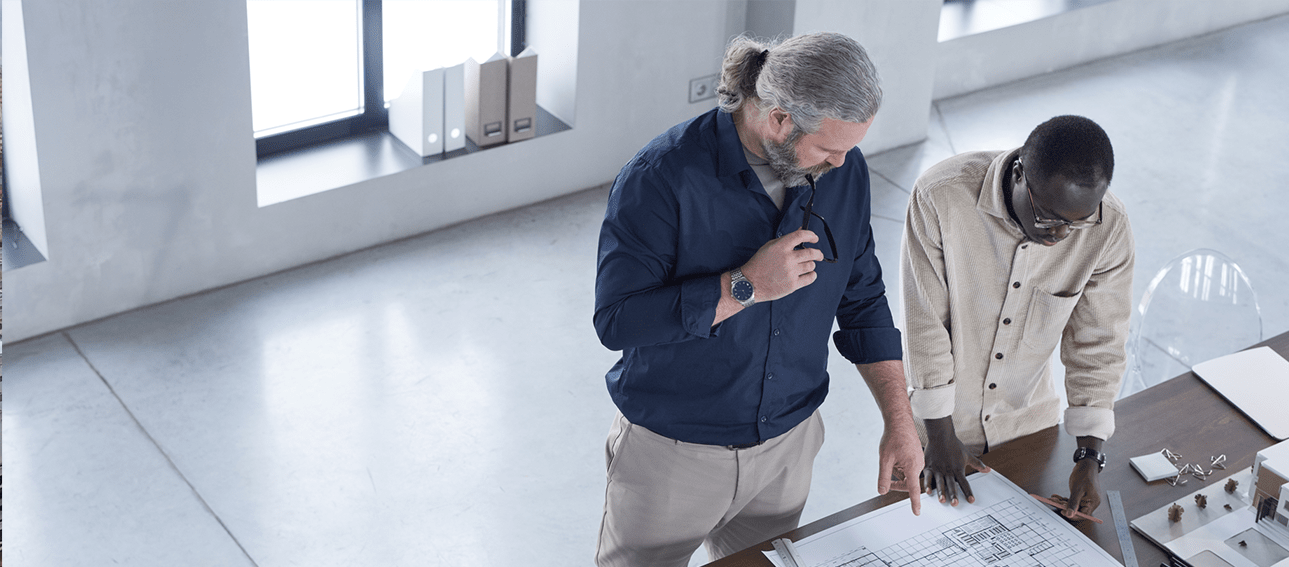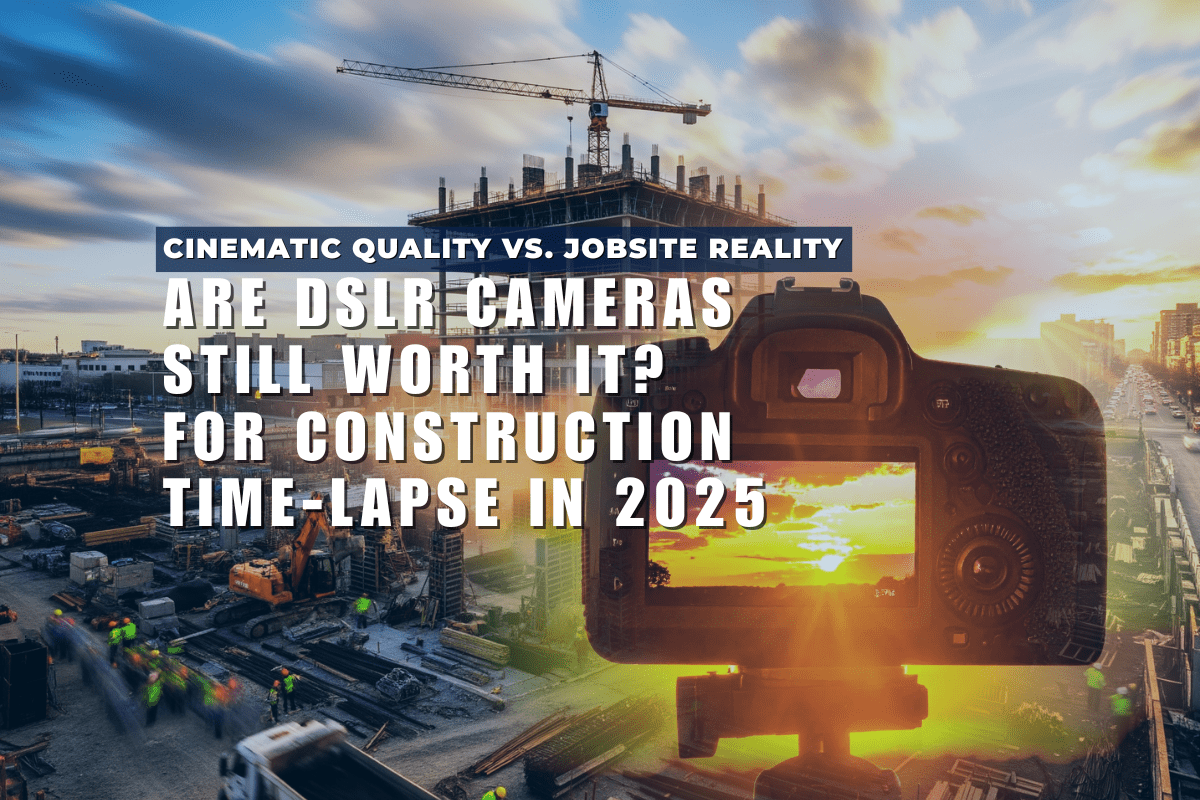This article is part of our new Onsite Insight series, where we focus on content to help the construction industry modernize their operating practices in order to improve safety, schedule predictability and ultimately profit.
An architect is responsible for the overall street appeal of a building. On the other hand, an MEP engineer is responsible for designing and overseeing the installation of the internal systems that keep the building comfortable for its occupants. This tug of war leads to constant changes in requirements, and builders are often stuck in the middle of the battle between design and functionality.
This article will help builders understand why architects and MEP engineers struggle to balance form and functionality and how to choose the right MEP subcontractor for their project.
The battle of Form vs. Function
In the construction world, MEP stands for “mechanical, electrical and plumbing.” MEP engineering is the science and art of planning, designing and managing the MEP systems of a building.
The main systems an MEP engineer designs include:
- Mechanical: HVAC systems,
- Electrical: electrical power distribution, Lighting, communications,
- Plumbing: fire protection and plumbing systems for potable water, waste, and stormwater.
One of the constant struggles between the project architect and the MEP engineer is allocating space for these various systems. The MEP engineer must ensure these systems comply with building codes and regulations. They also may be involved in commissioning, testing, and maintaining the systems after the building is complete.
From the architect's point of view, these spaces often get in the way of the visual beauty of a building.
From the standpoint of the long-term comfort of the occupants, these spaces are critical.
Bringing stakeholders into the design process is necessary to ensure a building achieves the balance between form and function.
Making a building beautiful on the inside
The long-term comfort and operating efficiency of a building are the two most important aspects that an MEP engineer can bring to your project.
These goals can conflict with the architectural goals, so it's crucial to have all stakeholders at the table to provide their respective expertise to achieve the correct balance of physical appeal, comfort, and operating efficiencies.
Modern software is helping this process, starting with an accurate evaluation of how siting and massing can optimize HVAC efficiency and reduce the physical plant requirements. This reduces capital and operating costs while ensuring that internal temperature and air quality satisfy occupant needs.
Choosing the right MEP engineer is the first step to achieving the balance between architectural beauty and day-to-day livability. The number one attribute of a good MEP engineer is their ability to communicate the optimum balance of MEP infrastructure to all stakeholders throughout the project life cycle.
Attributes of a good MEP subcontractor
A building team will work together for many years. Communication is by far the most essential factor that determines project success.
The full list of what to look for in an MEP subcontractor includes:
- Experience and expertise: Look for a subcontractor with experience working on similar projects and has the necessary expertise to design and install the mechanical, electrical, and plumbing systems for your project.
- Licensing and certification: Ensure the subcontractor is licensed and certified to perform the work in your area and that they have the necessary insurance and bonding to protect your project.
- Quality of work: Review the subcontractor's portfolio of previous work and ask for references to get a sense of their quality of work.
- Communication and coordination: Good communication and coordination are essential for a successful project, so look for a subcontractor that can work well with your team and other subcontractors.
- Cost and schedule: Ensure the subcontractor can work within your project budget and schedule.
- Safety: It is critical to find a subcontractor with an impeccable safety record, who provides a safe working environment for their workers and your project.
- Technology: Look for a subcontractor that is up-to-date with the latest technology and can provide energy-efficient and sustainable solutions for your project.
- Service and maintenance: Look for a subcontractor that can provide service and maintenance for the systems they install after the project is completed.
By considering these factors, you can select an MEP subcontractor who is well-suited for your project and can help ensure its success.
Balancing form and function
In conclusion, balancing form and function is a challenge that architects and MEP engineers face when designing a building. MEP engineers are responsible for the internal systems that keep a building comfortable, while architects are responsible for its visual appeal.
The conflict between these goals can lead to changes in requirements that builders must navigate. However, bringing all stakeholders to the design process can achieve the right balance between beauty and livability.
Choosing the right MEP subcontractor is essential for achieving this balance. A good MEP subcontractor should have the necessary experience, licensing and certification, quality of work, communication and coordination, cost and schedule, safety, technology, and service and maintenance.
With the right team in place, a building can achieve the balance of form and function necessary for its occupants' comfort and satisfaction.
----------




